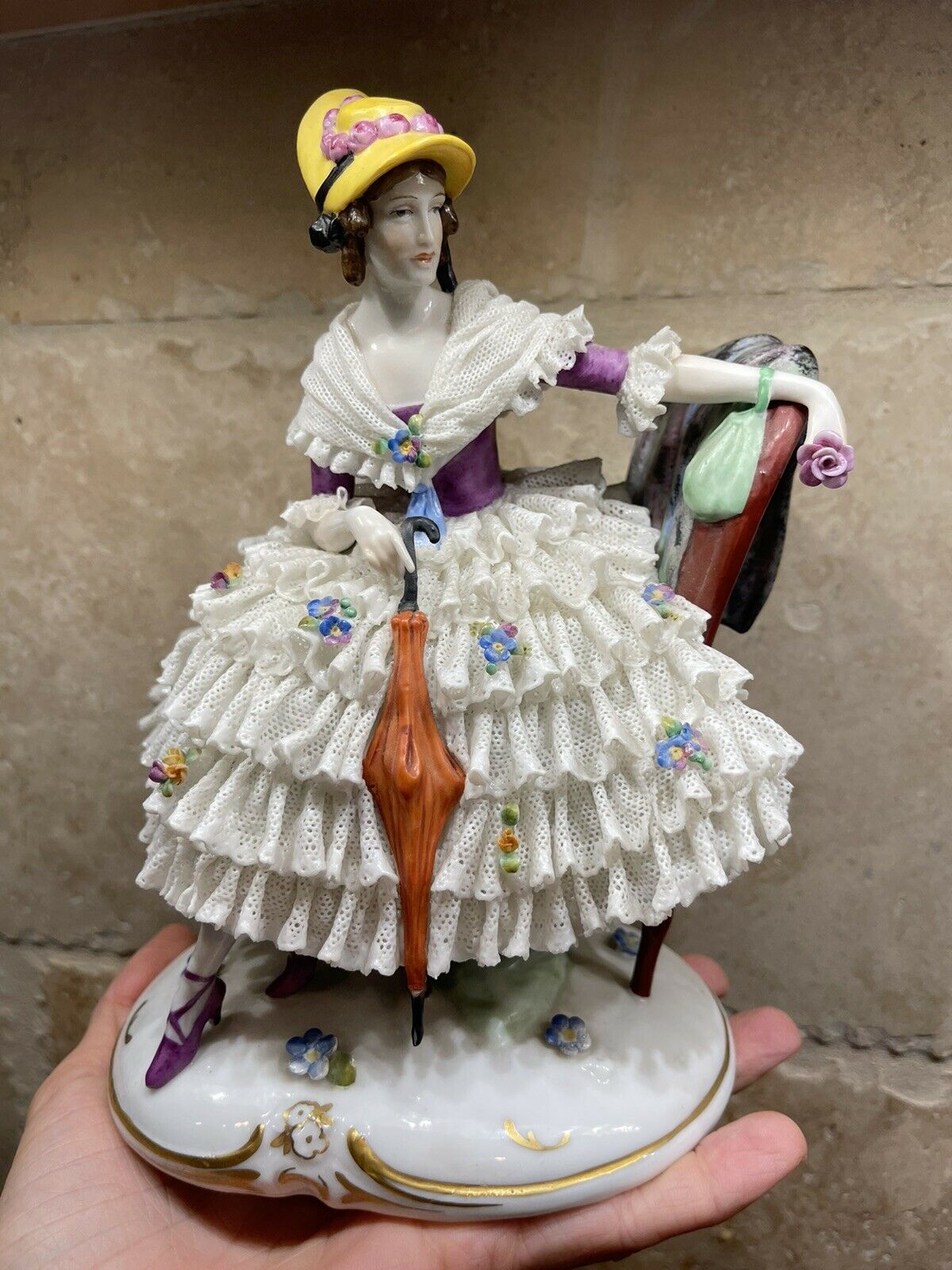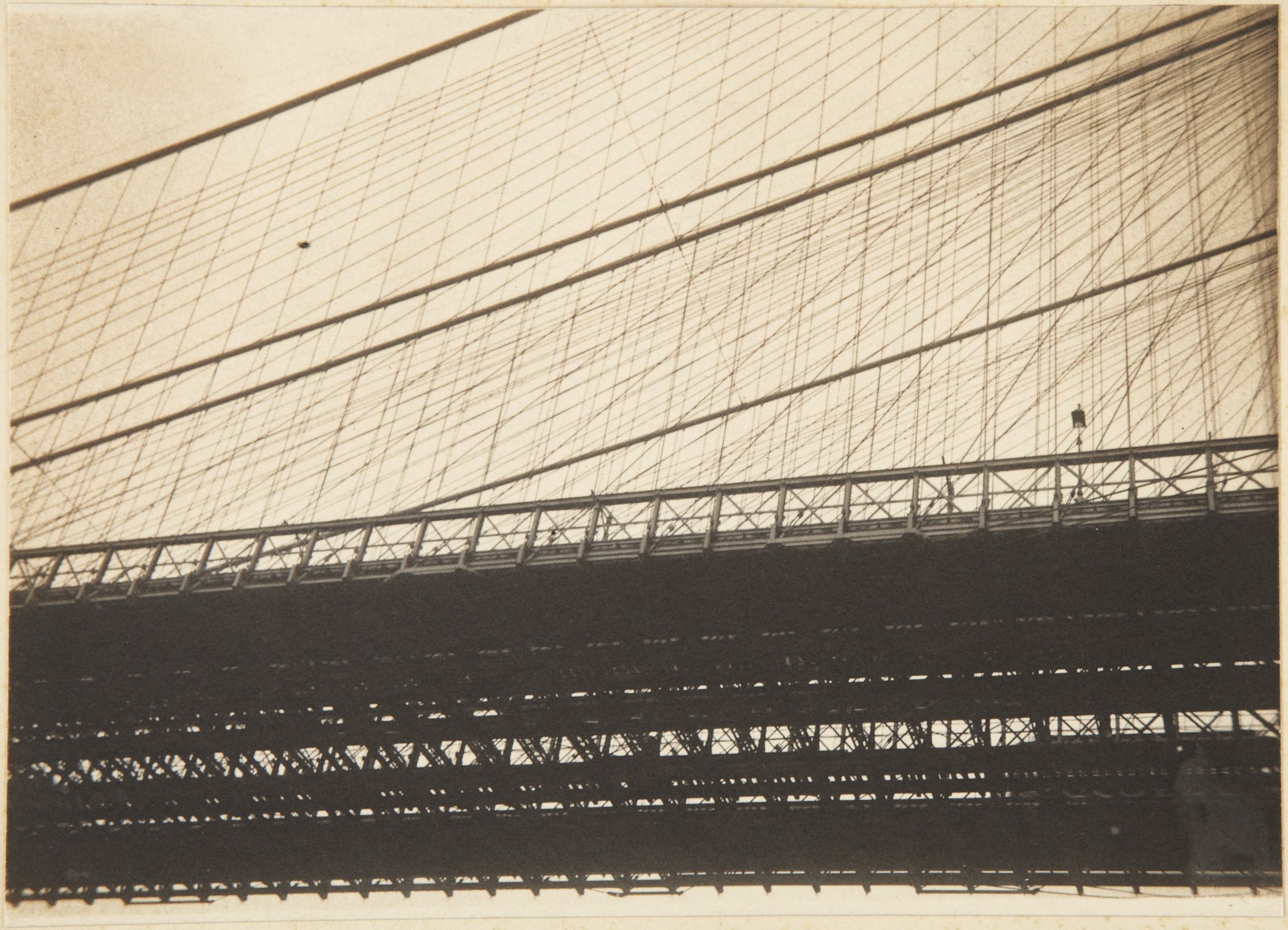
This magnificent portrait of an anonymous female member of the financial elite of the Low Countries displays the characteristic and important use of lace in 17th-century European fashion. Made of fabric – here, probably linen – lace needs either a support on which to rest or an additive to give it the stiffness that it inherently lacks. The white lace cuffs contrast with the sumptuous black dress on which they rest. Their geometric design of fine cutwork with points of detached needle lace follows examples of contemporary pattern books, in which lace appears in negative as black ink on the white page. As for the neck ruff, it is free-standing, held either by wire or pasteboard, or heavily starched. The lace cuffs and collar also allowed the painter, Cornelis de Vos, to display his virtuosity in evoking transparency and spectacular effects of shortening.
Portrait of a Lady, ca. 1625–29
Oil on canvas, 124 x 91 cm.
From Princeton University Art Museum, Gift of Mr. and Mrs. Thomas G. Cook. y1964-63.

